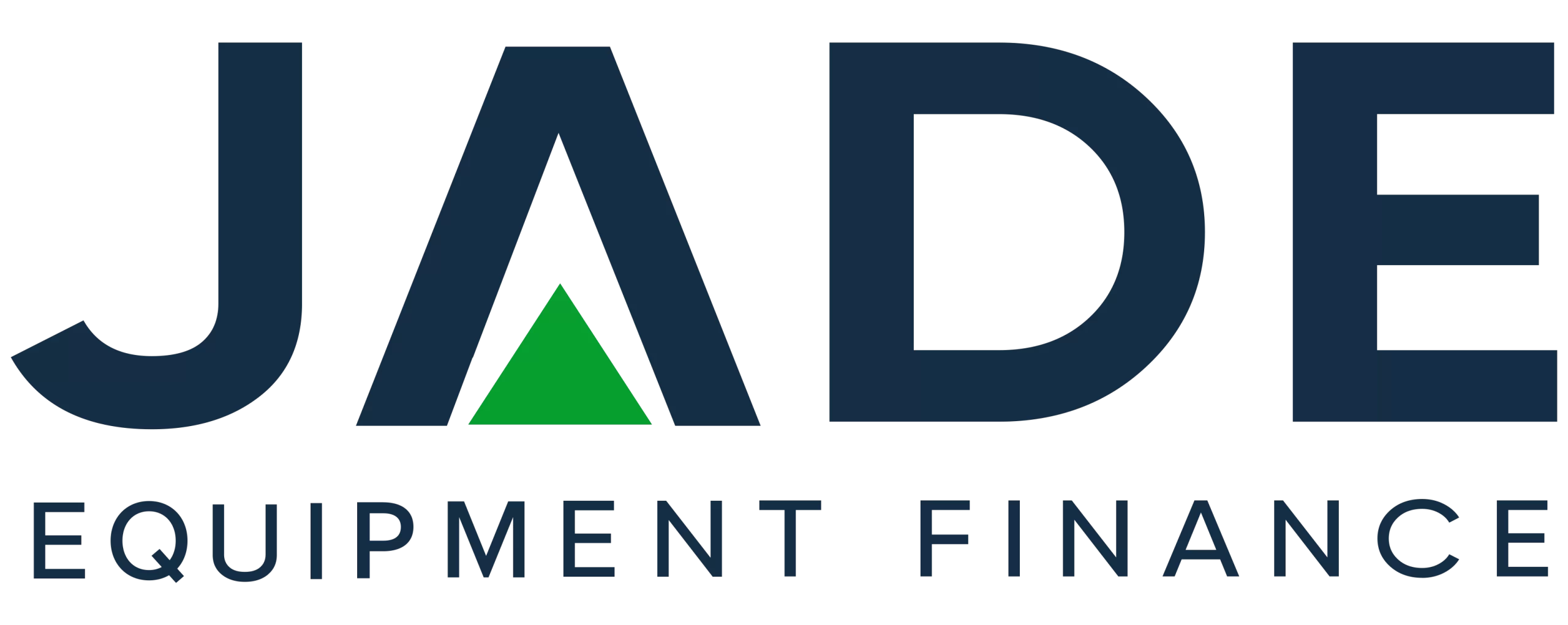Issues with the new equipment supply chains have businesses turning to the used market but there are differences with equipment finance compared with new goods. Global problems associated with the pandemic in international manufacturing hubs as well as the Ukraine war and the ongoing computer chip shortage have created severe delays in delivery of many types of new goods into the market in Australia. This includes cars, motor vehicles, electronic goods and a vast range of machinery and the equipment used in many sectors.
With the new goods they require unavailable for immediate delivery, many business operators are now turning to the market for used machinery in order to fully-equip their operation. According to reports in industry media, the trend is occurring across many sectors such as construction, transport and farming.
The outcome of this trend and spike in demand for used goods is reportedly seeing over 150% increase for certain equipment types. The biggest demand being for heavy machinery such ass dozers, excavators, loaders and some forklifts.
The move to used may on the surface appear as a sensible move, especially if that equipment is essential to the business operations and especially if it is replacing machinery which is no longer workable.
But delve deeper, and if that equipment needs to be purchased with finance, then there are considerations around that aspect to take into account. Business Finance provides equipment finance for both new and used plant, machinery and equipment and we outline the considerations in relation to the differences between finance for new and used goods.
Used Equipment Finance
We have lenders that provide cost-effective finance for used equipment so don’t be perturbed that finance would not be accessible if considering the purchase of second-hand machinery. However, there are distinct differences between what a finance offer for new goods compared with used goods might look like.
We will cover this topic in general terms as every finance application we receive is treated on an individual basis and customised solutions sourced and negotiated. The approach by our lenders will also vary and be dependent on their individual lending guidelines.
- Finance for both new and second-hand equipment is available with the same asset acquisition loan types which include Chattel Mortgage, Commercial Hire Purchase, Lease and Rent to Own. The same rationale and decision-making process should be applied when deciding, which is the most suitable form of finance for an individual business.
- The interest rate is likely where the major difference will be identified. The finance rate on used goods may be higher than that available for new goods. If basing purchase decisions and possible finance plans on the interest rates as shown by most lenders, it is important to note that these are typically for new goods. Unless it is stated to the contrary. If planning purchases in future months, allowance should be made for increases in the interest rates as the RBA continues its moves on the cash rate.
- While a higher interest rate should be taken into consideration, the effect on the finance repayments may be of greater relevance. The cheaper purchase price of the used goods compared with what may have bene paid for new goods, will of course reduce the overall loan amount required. This could result in a lower repayment or offset any higher rate.
- Another key aspect is in relation to the security against the finance. Lenders have their own guidelines in regard to taking into account the age and condition of goods when accepting them for loan security. If for example used equipment is not accepted as suitable security, other options may need to be considered. These can include Unsecured Business Loans.
- The value of the used goods as assessed by lenders may also impact details of the finance. This may include if no deposit finance is approved. If not, operators may need to pay a deposit to reduce the loan amount. The term requested may also be impacted.
- Where the goods are not accepted as the sole security against the finance, additional loan conditions such as other property as security may be requested.
While these issues may appear as challenges or even obstacles for operators, be assured that your Business Finance consultant will be handling the entire finance process on your behalf. So we will be negotiating with our lenders to achieve the most cost-effective and workable solution.
The Upside
On the upside of the used versus new decision, consider:-
- The immediate improvements which may be realised in productivity by installing newer equipment, albeit second-hand, into the operation. If the purchase is replacing machinery which is costing a fortune in ongoing repairs or downtime, then a replacement could deliver that immediate uplift. Reducing maintenance costs to offset against the finance.
- The acquisition may meet the criteria for temporary full expensing which may deliver a further benefit to the business. Eligibility of both the asset and the business would need to meet ATO guidelines.
Before making any firm decisions or commitments with asset purchases, businesses can contact us and receive a quote for pre-approved equipment finance. This would provide a clear indication of what is available for the specific equipment being purchased for that specific business operation.
Our consultants are more than happy to discuss the options with you and in respect to your individual circumstances to assist with the decision process.
Contact Business Finance on 1300 000 033 to discuss equipment financing for second-hand machinery
DISCLAIMER: THE SPECIFIC PURPOSE IN PROVIDING THIS ARTICLE IS FOR GENERAL INFORMATION ONLY. IT IS NOT INTENDED AS THE SOLE SOURCE OF FINANCIAL INFORMATION ON WHICH TO MAKE BUSINESS FINANCE DECISIONS. BUSINESS OWNERS WHO REQUIRE ADVICE OR GUIDANCE AROUND THEIR SPECIFIC FINANCIAL CIRCUMSTANCES ARE RECOMMENDED TO CONSULT WITH AN ADVISOR OR ACCOUNTANT. NO LIABILITY IS ACCEPTED IN REGARD TO ANY MISREPRESENTATIONS OR ANY ERRORS RE ANY DATA, SPECIFICS, POLICIES AND OTHER INFORMATION AS SOURCED FROM OTHERS.


 " alt="">
" alt="">